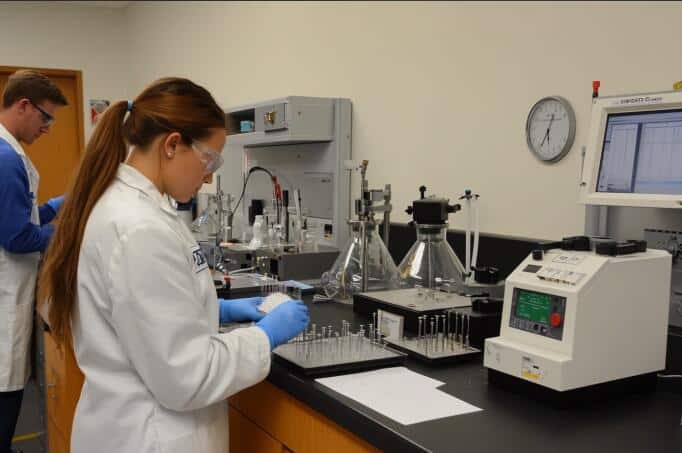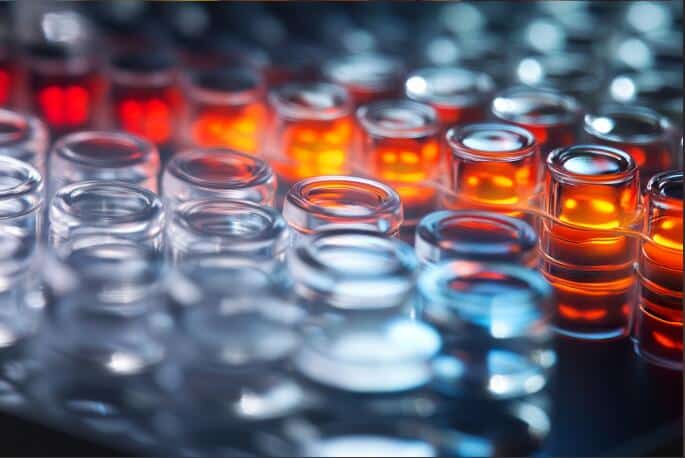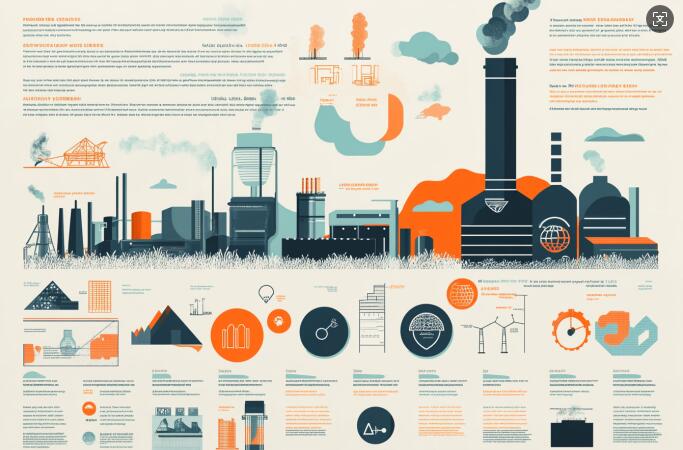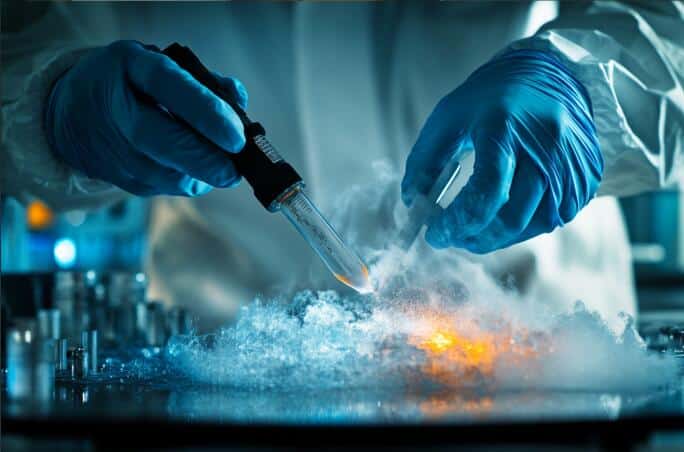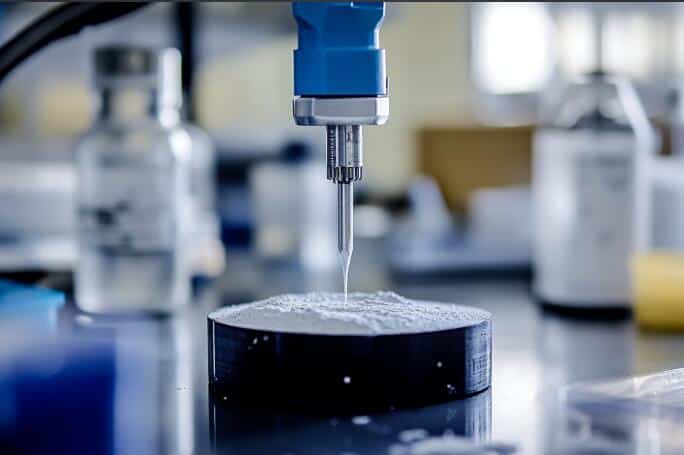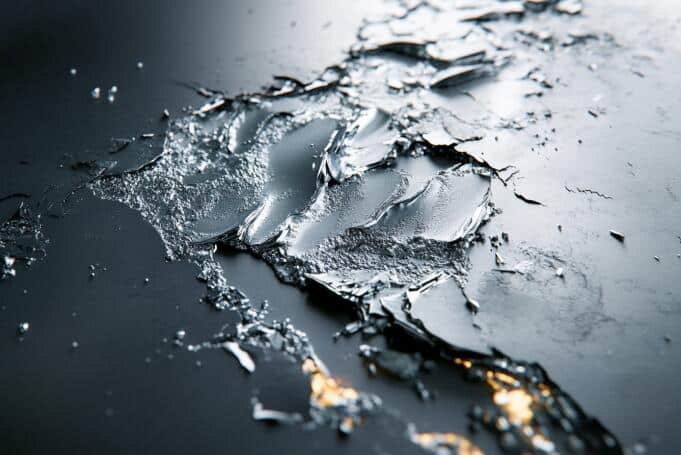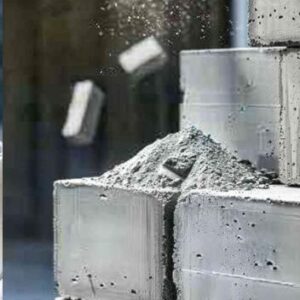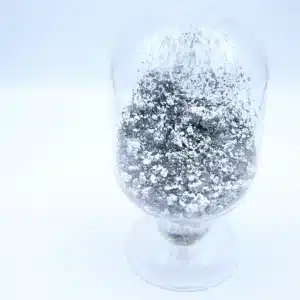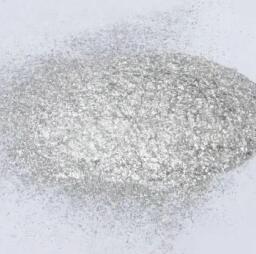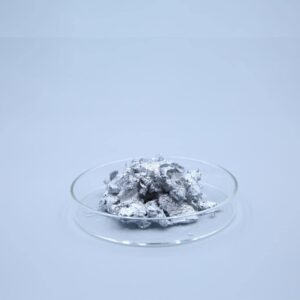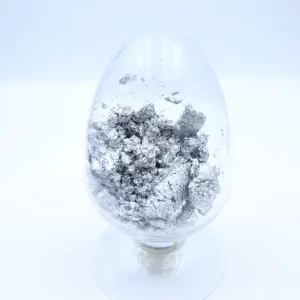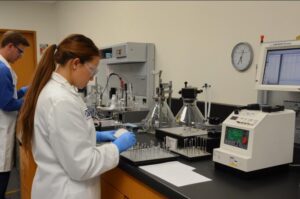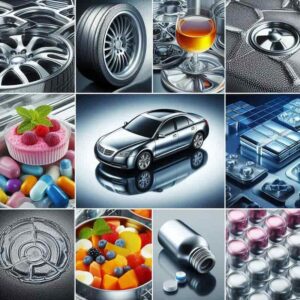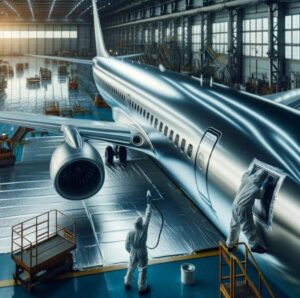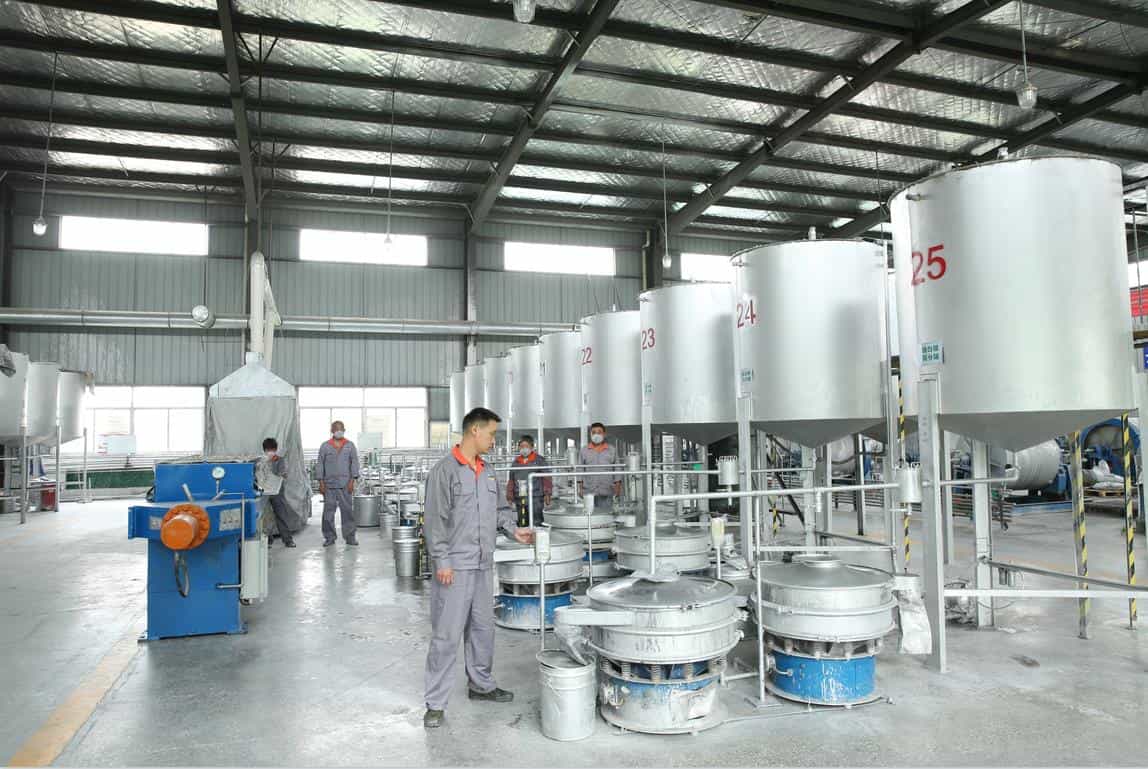In the application of modern coatings, معجون الألمنيوم electrostatic powders are highly regarded for their excellent aging resistance and Process properties. With the advancement of science and Technology, such coatings have superb characteristics in conventional environments and ensure their structural stability and aesthetics under extreme temperatures and unique environmental conditions. This paper presents an in-depth analysis of the performance of aluminum paste electrostatic powders under the influence of different environmental factors, including aging resistance, Process performance in extreme temperatures, and their potential use in the space environment.
What environmental factors are relevant for the aging resistance of aluminum paste electrostatic powders?
The aging resistance of aluminum paste electrostatic powders is related to a variety of environmental factors, the main ones being:
UV radiation: UV light is the leading cause of the natural aging of electrostatic powders, incredibly UV light with a wavelength close to 313nm.
UV radiation. UV radiation will lead to polymer chain breakage in the coating, resulting in coating aging, embodied in light damage and delamination phenomenon.
The coating can be damaged by light and delamination.
Gas composition: Oxygen and ozone in the atmosphere are essential factors in promoting aging. o2 accelerates the aging of coatings based on chemical effects, industrial smoke, and other sources of air pollution, which also cause harm to the coating.
Humidity and moisture: Humidity includes haze, salt spray, etc. Water and heat will accelerate the oxidation reaction of the coating and promote photo-oxidation. Water infiltration may cause the coating to surge, bubble, or separate.
Temperature shifts: Temperature shifts affect the stability of the coating; high temperatures may cause the coating to soften or accelerate chemical reactions, and drastic changes in humidity may cause physical damage to the coating.
Ozone: The birth of ozone can accelerate the Process of coating stability.
Ozone: The presence of ozone accelerates the aging Process of coatings, especially in the presence of ultraviolet light.
Haze: Acids in haze can corrode coatings and reduce their aging resistance.
Industrial exhaust gases: the organic exhaust gases
Industrial exhaust gas: organic exhaust gas contains many compounds that may react with the coating and reduce its performance.
Microbiological effects: Microorganisms in the ecological environment can also cause coating dissolution, jeopardizing its aging resistance.
This environmental factor jeopardizes aging resistance when applied in combination with aluminum paste electrostatic powders. Therefore, it is essential to consider the aging resistance of electrostatic powders from raw material selection, formula structure adjustment, and production Process improvement.
How do aluminum paste electrostatic powders perform at extreme temperatures?
The performance of aluminum paste electrostatic powder under extreme temperatures is mainly affected by the following environment:
Corrosion resistance after temperature resistance: In some tests, aluminum paste electrostatic powders were exposed to 400°C for 8 hours, followed by 16 hours at room temperature. Through three such cycles, a coastal exposure of 42 months in a C5-M environment is used to detect defects in the paint film. This type of test criteria identifies the corrosion resistance of the paint after temperature resistance.
The HGM determines the temperature resistance of the paint film.
Cold-exposure test: According to HG/HG/T 4565 standard, the aluminium paste electrostatic powder needs to be maintained at 400°C for 24 hours and then immediately seeped into 23°C water for 10 minutes to check the appearance of the coating and the judging criteria are no bubbles, no wrinkles, no shedding, no cracks, and to comment on the coating’s cold-exposure characteristics.
The judgment standard is no foam, wrinkle, peeling, or crack; the coating is evaluated for its resistance to extreme cold.
Heat and cold cycle test: ASTM D2485 standard gives the specification of heat and cold cycle test, including different conditions of the test and rapid cooling, to check the defects of the model, such as puckering, wrinkles, bagging, dry cracks, fading and so on.
Aluminum electrostatic powders for super abrasion resistant rolls: Studies have shown that some high acid value polyesters produce aluminum paste electrostatic powders with no significant cracking or puckering at room temperature and only mild cracking at -20°C under freezing conditions, with excellent mechanical properties.
Hazard of heat transfer coefficient: Aluminium’s heat transfer index is extensive, heat dissipation is fast, and the heat of the surface layer of the coating is relatively tiny per unit of time, slowing down the rate of pyrolysis or thermotropic change of the coating, which is reflected in the test as a trim level of loss of light, and the color shift of the white coating is not conspicuous.
Influence of curing conditions on aging resistance: The aging resistance of the coating film improves with the increase of dry curing temperature. At the same temperature, the aging resistance of the coating film increases with the rise of initial curing and is maintained for a long time, within 10 minutes. 160°C/10min was selected as the ideal curing condition. At this point, the coating performance is excellent and meets the specific use regulations.
In general, the performance of aluminium paste electrostatic powders in extreme temperatures depends on their corrosion resistance, resistance to aggressive cold characteristics, and resistance to hot and cold cycling, as well as curing conditions. Several factors combine to determine the effectiveness and durability of coatings in extreme temperatures.
How do aluminum paste electrostatic powders perform in the space environment?
The following conditions mainly influence the performance of aluminum paste electrostatic powders in the space environment:
Resistance to space radiation: The intense radiation in the space environment tests the stability of coatings. According to the web search, our paint Technology can keep the flag beautiful in the unique cosmic climate of high temperature and space radiation.
This means that the aluminum paste electrostatic powder can be used to make the flag more resistant to radiation. This means the aluminum paste electrostatic powder can be maintained under space radiation for a long without structural changes or fading.
Heat Baking Resistance: With the extreme temperature shifts in space conditions, it is imperative that the paint can withstand high baking temperatures. The search results mention that the paint does not change much after baking at high temperatures, and the combinability remains stable.
This indicates that the aluminium paste electrostatic powder can withstand high-temperature baking. This shows that the aluminum paste electrostatic powder has strong resistance to high temperatures.
Aging resistance: The extreme conditions of the space environment place high demands on the aging resistance of coatings. The surface layer of aluminum powder pigment in the aluminum electrostatic powder is covered with a layer of active resin, which can improve the permeability of pigment, and there is no solid mechanical cutting of the pigment in all the processes. Hence, the products prepared using this method have a higher aging resistance.
Process properties: Coatings in the space environment must have better Process properties, such as ductility. Search results mentioned in the T-2 space insulation special coatings have a certain degree of ductility (> 20%), which benefits the aluminum adaptability of paste electrostatic powder in the space environment.
Environmental protection: space paint should also pay attention to ecological protection elements. Aluminum paste electrostatic powder is environmentally protected water-based paint, non-toxic, and has no environmental pollution, with a use period of more than 5 years.
Environmentally friendly: Space paint should also pay attention to the environmental protection element.
Generally speaking, aluminum electrostatic powder can maintain stability and beauty in the space environment, with better temperature, radiation, aging resistance, and environmental characteristics suitable for use in the space environment.
How can the Process performance of aluminum paste electrostatic powder be maintained under extreme temperatures?
The main ways to ensure the Process performance of alu paste electrostatic powder in extreme temperatures are as follows:
Improving curing conditions: By adjusting the amount of curing agent and curing conditions, the crosslink density of aluminum paste electrostatic powders can be increased, increasing the glass transition temperature (Tg) and improving the temperature resistance of the coating. For example, studies have shown that as the amount of curing agent increases, the Tg increases gradually due to the expansion of the crosslinking density of the paint layer after curing.
Low-temperature curing Technology: Aluminium paste electrostatic powders can be dried at lower temperatures through low-temperature curing Technology, keeping the heat-sensitive components undamaged. For example, BASF’s patent application in China mentions that it can provide coating compositions formed between 80°C and 140°C to enhance the Process properties of the film, such as strength, buffing/polishing, and adhesion.
Temperature Rotation Resistance Test: Based on the temperature rotation resistance test reviews the stability and durability of coatings under extreme temperature conditions. The test includes exposure of the coating to high or low temperatures and heat and cold cycling to observe the coating’s appearance, color tone, adhesion, weight, and strength change.
Process performance testing: Process performance testing is carried out on aluminum paste electrostatic powders, including impact strength testing, adhesion testing, and particle size analysis, to ensure that the coating performs in extreme temperatures.
Self-healing characteristics: Some aluminum paste electrostatic powders have self-healing characteristics; in extreme environments such as four °C, -20°C, pH=0, pH=14, etc., the coatings can be individually healed within 24 hours, maintaining the integrity of the coatings and Process performance.
Temperature resistance: using nano-materials improved aluminum paste electrostatic powder, such as Zno and CuonP base coatings, to reach 500 ° C high temperature without damage to cracking, showing good temperature resistance.
The aluminum paste electrostatic powders are optimized for high temperatures up to 500°C.
Five star Aluminum paste electrostatic powder is used to optimize curing conditions, low-temperature curing Technology, temperature resistance experiments, Process performance experiments, self-healing performance, temperature resistance, etc., in extreme temperatures to ensure its Process performance.
Aluminum paste electrostatic powder has good aging resistance and excellent Process performance, which can achieve outstanding performance in extreme temperatures and harsh environments. This is ideal for construction, transport, aviation, and other fields. With the continuous development of science and Technology, the use of aluminum paste electrostatic powder will continue to expand, and in the future, it will present a unique value in many demanding environments. Selecting aluminum paste electrostatic powder is an intelligent step in pursuing high-performance coatings.

